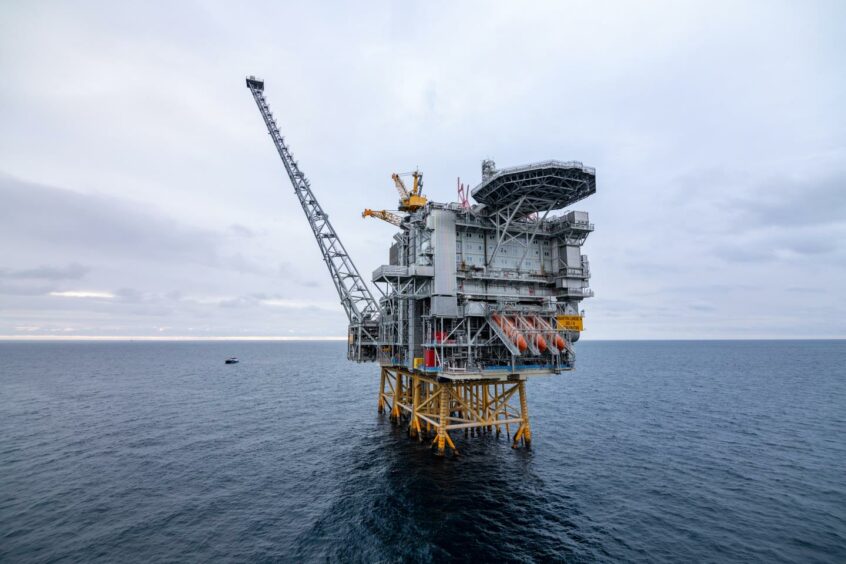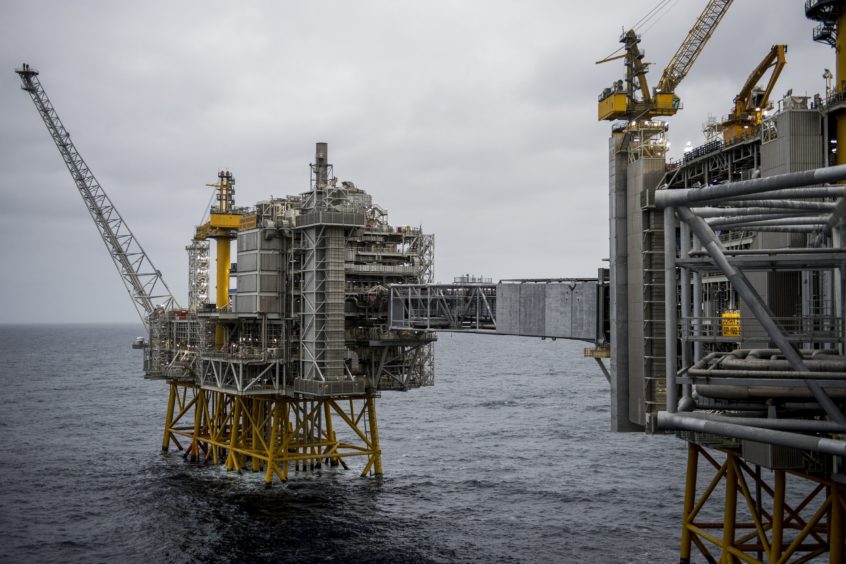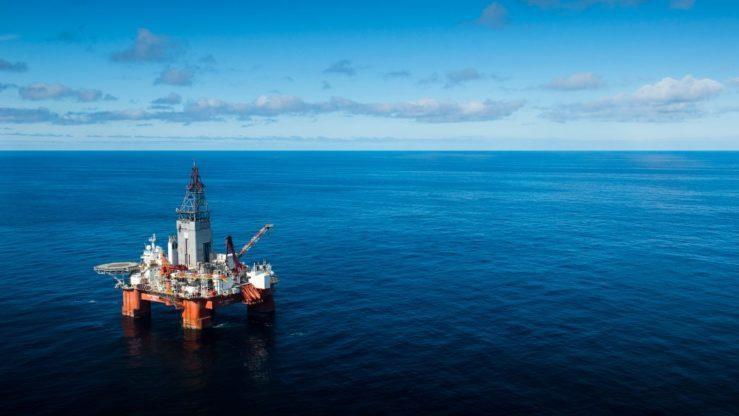
Despite “long-term headwinds”, it’s “full steam ahead” for Norwegian oil and gas operators next year, according to Wood Mackenzie.
A “record number” of final investment decisions (FIDs) are forecast, driven by a temporary tax package designed to support the industry through Covid – it expires at the end of 2022.
Production growth and record cash flows next year will also strengthen the balance sheets of many companies.
Neivan Boroujerdi, principal analyst, European upstream, at Wood Mackenzie, said: “We believe deal flow will pick up with fiscal proposals improving near-term term liquidity. We also could see the first European oil and gas IPO since 2019 – any compelling investment story is likely to be reliant on Norway’s green credentials.”
Production
Total production from Norway is expected to uptick slightly to just over 4 million barrels of oil equivalent per day (boe/d).
That’s thanks to recent and upcoming start-ups, including Equinor’s Martin Linge, Johan Sverdrup Phase 2 and Njord Future, plus Wintershall DEA’s Dvalin.
Norway’s response to Europe’s gas crunch will also help boost output, with increased permits at Troll and Oseberg.
It could pave the way for record gas production from the country in 2022, beating the 125 billion cubic metres it posted in 2017.
Boroujerdi said: “We also expect companies to book record profits next year. Cost cutting carried out during previous downturns will combine with strong prices to generate cash flow generation levels never seen before on the Norwegian Continental Shelf.”
Investment
Investment in the Norwegian oil and gas sector on the other hand is likely to dip slightly next year to $17bn, its lowest since 2003.
But the fall will be short-lived with a record number of FIDs on the table, Wood Mackenzie said.
The energy research body says up to 25 projects across the Norwegian Continental Shelf could get the green light, equating to over $30bn of future investment.
Norway’s temporary tax terms are driving the activity, making it a “global hotspot” for offshore investment.
“The economics look good, too,” Boroujerdi said. “Average project breakevens are below US$30/bbl (NPV10) making these projects some of the most competitive globally. But the spike in activity will stretch the Norwegian supply chain, which means longer lead times and higher rig rates are possible.”
In addition to increased oil and gas activities, five electrification projects, totalling $3bn, are to be sanctioned next year, across a mix of existing and new developments.
Exploration
Meanwhile explorers will look to continue what Wood Mackenzie has dubbed a “recent renaissance in performance”.
Activity is expected to remain flat in 2022, with up to 30 wildcats, accounting for nearly 10% of global well count.
It will be propped up by its leading group of local explorers – Equinor, Lundin Energy and Aker BP will account for over 35% of wells on a net basis.
About 2bn barrels of oil equivalent of prospective resources will be targeted, split evenly between oil and gas.
Activity in the Barents Sea could hit a decade-low though as explorers favour near-field activity.
Boroujerdi said: “Norway will remain a seller’s market. High-quality, low carbon intensive assets will continue to make it one of the most competitive markets in the world with deal valuations above global averages. Changes to the fiscal system, if passed, will increase corporate liquidity and strengthen the pool of buyers.
“International oil companies will weigh up the ‘M&A versus ESG’ arbitrage: high prices may entice some to exit but at the expense of diluting carbon credentials. The removal of the exploration tax rebate should prompt some tax-driven deals by the smaller, more organic focused players.
“We could also see the first oil and gas IPO in Europe since 2019: the timing of which would coincide with some private equity investment cycles. Var Energi is the latest to suggest an IPO. Other North Sea-focused E&Ps will be exploring their options.”
Recommended for you


 © Bloomberg
© Bloomberg © Supplied by Equinor
© Supplied by Equinor